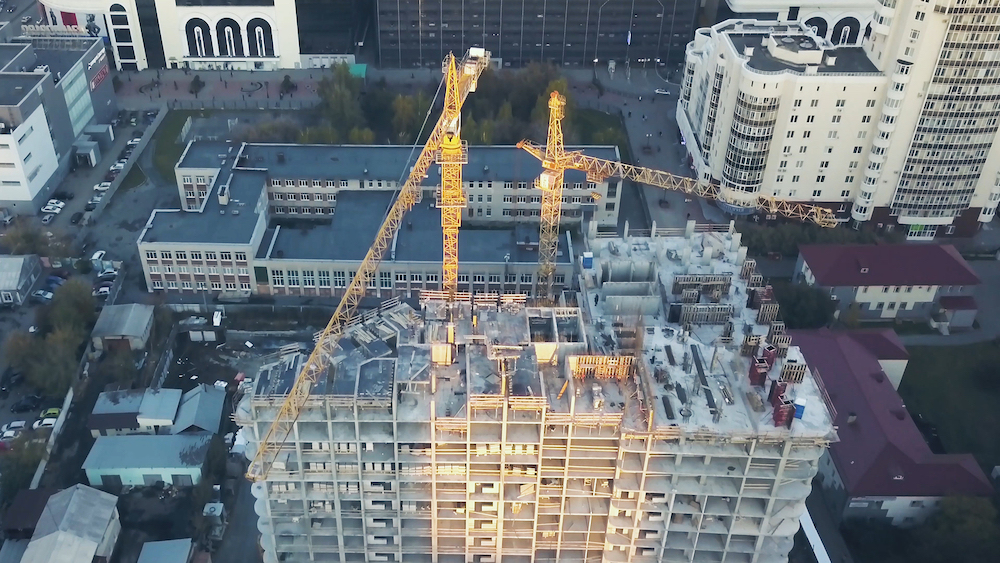
When labor and equipment costs go well beyond what was planned, a disruption claim can be a helpful way to recover damages for the loss of productivity. However, disruption claims are infamously challenging to prove.
What is Disruption?
Disruption is when the contractor or subcontractor has to perform differently or less efficiently than originally planned. Construction disruptions can occur even if the project is completed on time. Disruption claims are usually based on additional costs due to increased labor and equipment, not extra time on site. There needs to be some change on the project or job site that negatively affects a crew’s productivity for a disruption claim arise.
Productivity
Productivity refers to the level of efficiency of both labor and equipment, and it’s a hot topic in the construction industry. You already understand the gist of it – productivity comes down to how many resources (be that labor, material, equipment, or all the above) are required to achieve the specific goal or outcome. In construction, this can either be measured by labor (manhours) or cost (price per unit). Failure to track costs due to lost productivity can, in some cases, be fatal to a disruption claim.
How Are Disruptions Different from Delays?
Delays and disruptions are related, but they’re distinct and separate issues. Generally, a contractor can request an extension of time when a delay impacts the critical path of the project, as long as it’s outside the contractor’s control. Meaning that either the work needs to be accelerated or the completion date needs to be pushed back.
Unlike disruption, delay claims are more time-related and involve a time-impact analysis. Conversely, disruption claims are based on cost overruns associated with the altered work.
Simply put: a delay is being late, while disruption is a change to the planned work.
Proving a Disruption Claim
The problem with disruption claims, as well as many other construction claims, is the difficulty in proving the claim. For crews working on site, they know it when they see it. But construction law is all about providing actual, documented proof of damages.
Identifying the cause of the disruption and calculating the impact can be a tall task. The importance of proper documentation when a contractor encounters a change can’t be overstated! If the project has competent project managers, contractors should be able to identify these changes before they happen. They should document the cause and impact in their daily reports, in case there impact is substantial. Backing things up with photo documentation can help, too.
Identifying the Cause
In order to recover for loss of productivity, there needs to be an identifiable change that affected a business’ work. The impacting event can be caused by labor, timing, management, supply, or job site condition factors. However, the most common causes include work-area congestion (trade-stacking and poor scheduling), out-of-sequence work, acceleration, poor project management, lack of resources, and severe weather conditions.
Calculating the Impact
There are a few different acceptable methods of analyzing and quantifying the total cost of the disruption. These methods include the comparison to other projects, comparing the result to the contractor’s bid or estimate, and the use of testimony. But by far, the “measured mile” method is the most reliable and widely accepted by the courts
Measured Mile Analysis
The measured mile analysis compares the period of work activities on the construction project where efficiency was good, against the period where efficiency was bad. To calculate the impact and additional costs, there is a fair amount of information that needs to be provided.
Measured mile analysis starts with establishing the scope of work outlined in the construction contract that was disrupted by the change. The impact is then calculated by comparing productivity during the non-disrupted, “good period,” and productivity during the disrupted period. If there’s a substantial variation between the two, then disruption damages will likely be awarded.
Bottom Line
Rolling with the punches is one thing. But when contractors have to work twice as hard to reach the same result, they should be able to get paid what they’ve earned. Although difficult to prove, a disruption claim can be a useful option when the impacting event doesn’t quite reach the level of a delay or require a time extension. The best way to set yourself up for success? Document everything. The more supporting evidence you can provide, the more likely you will get compensated for additional costs.
Additional Resources:
- Watch Out for “No Damages for Delay” Clauses | Construction Contracts
- Common Causes for Delay & How to Minimize the Fallout
- Construction Schedule | Tools for Completing Your Project on Time


